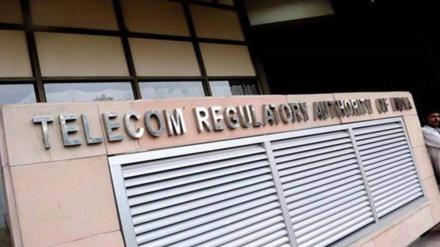The Telecom Regulatory Authority of India (Trai) on Friday said that the department of telecommunications (DoT) should mandate the caller name identification feature in the telecom network. This means that if the regulator’s recommendations are accepted by DoT, users will be able to see the name of anonymous callers on their phone screens, which in a way will help in curbing financial frauds over phone.
To begin with, Trai has recommended a trial and assessment of the implementation of Calling Name Presentation (CNAP) service in one licensed service area (LSA) with the subscriber base of each telecom service provider. Post the trials, the service should be rolled out pan-India, it said.
For caller identification, users rely on apps like Truecaller. However, one of the reasons behind Trai recommending such a feature within the telecom network, is because apps like Truecaller are based on crowd-sourced data, which may not be reliable, in many instances, Trai said in the consultation process.
As part of its recommendations, which came over a year after the consultation, Trai said, “all access service providers should provide Calling Name Presentation (CNAP) supplementary service to their telephone subscribers upon their request”.
Notably, the stand of Trai is largely different from that of telcos and other consumer groups which said that the feature once implemented would require personal information of all the users, a consent mechanism, which also may lead to increased chances of data breach. Besides privacy, telcos also raised technical issues such as increase in call set-up time and impact of latency, non-compatibility of handsets, among other things.
With regard to privacy and consent issues, Trai recommended that, “CNAM (calling name) of the telephone subscribers, who have availed the calling line identification restriction (CLIR) facility, should not be presented to the called party”.
As per CLIR, only a normal subscriber, officer of central intelligence agencies, and dignitaries, can withhold their identity. The same is not applicable for telemarketers. Trai said, a general option to withdraw name from CNAP cannot be given as telemarketers will choose to withhold their name identity for malicious intentions. “In such a situation, telephone consumers would continue to be the victim of scams, phishing and spam perpetuated by unscrupulous elements and unregistered telemarketers,” it said.
On the handset compatibility, Trai recommended that DoT should issue appropriate instructions for making CNAP feature available in all devices sold in India after a suitable cut-off date, say after six months from the date of notification.
The telcos have to rely on Customer Application Form (CAF) for adding the name identity information for CNAP purpose. For amendments related to names in CAF by users, Trai has urged DoT to come up with guidelines.
“The recognition of Caller ID as an important building block of the information communication economy is encouraging since we strongly believe that number identification is crucial to end the menace of spam and scam calls,” Truecaller said in a statement.
Truecaller said it does not see that CNAP would be a competitive service comparable to the full range of services and functionality it offers to its more than 374 million users.
Among other key recommendations, Trai has given technical models on implementing the service by telcos. It said, in case of telephone calls originating from 140 level numbers or any other number series allocated to registered telemarketers for making transactional or service related calls, the name information of the subscriber entity should, invariably, be presented to the called party.
The CNAP service will also involve amendment in the unified licence. New terms, Calling Name (CNAM) and CNAP should be included in the Annexure-I of the Unified Licence, Trai said.
